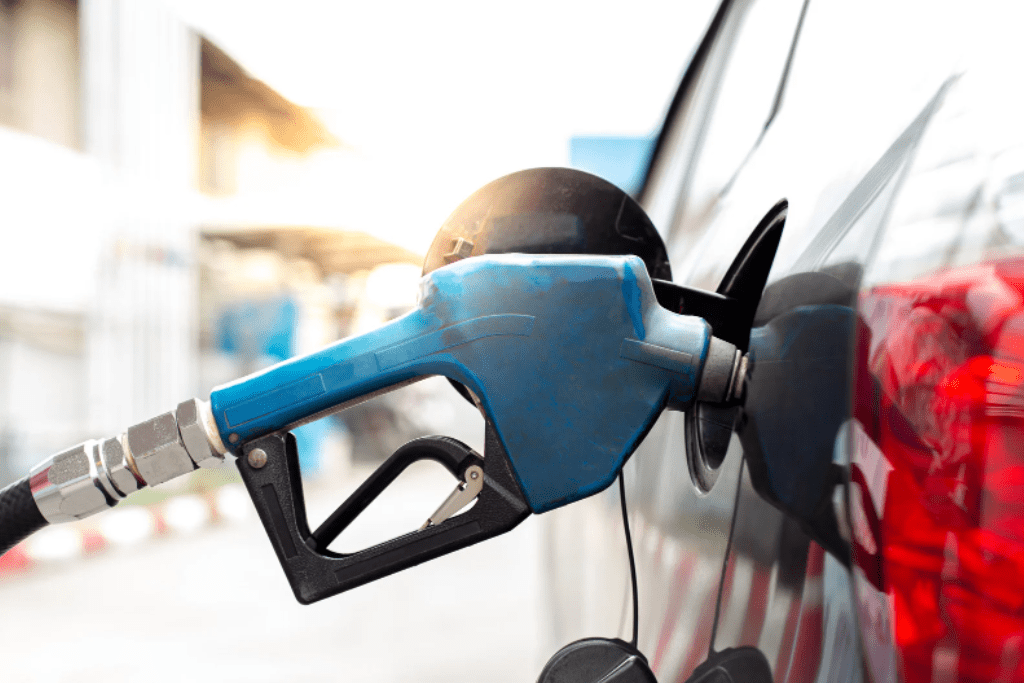Fuel prices are soaring higher than ever and the entire nation is crying out to save money which is why we recognised the need for a one-stop-shop for saving fuel. If you’ve found yourself filling up faster than usual or your bank balance descending into the depths of debt over fuel prices you’ve come to the perfect place. In our ultimate guide, we’re going to show you how to save fuel in many different ways so that you can pick and choose whatever suits you.
The need-to-know basics
When it comes to saving fuel. You need to remember that you are trying to extend your MPG (miles per gallon). Literally making every drop of fuel take you further. So, in order to do that – you’re going to need to know the basics.
- Keep your car as light as possible. The heavier the car, the more fuel needed to move it. Think of it this way, the lighter the bag on your back, the further you can comfortably walk with it. Now, we’re not suggesting you remove seats from your car, but the entire wardrobe in the boot? Extra shoes for driving in? Random bits still sitting in there from the last time you moved house. It’s all got to go. You’ll be amazed how much these items can add up to and you only need to remove a few extra kgs in order to reap the rewards. Simple, effective and more importantly – free
- Look after your tyres. In the same way a light backpack will help you walk further, comfortable shoes are also going to help. Hiking in a pair of sandals or high heels aren’t going to cut it for a smooth and energy efficient walk. The same goes for car tyres. If your tyres aren’t sufficiently inflated or the tread on them is wearing thin, you’re putting your car in a position where it will need more fuel to go the distance. Inflating your tyres can cost as little as £1 – we think that’s a price worth paying to help save money on fuel.
- Avoid using your air con. This one can be tricky. You should avoid using your air con because it can increase your fuel consumption by up to 10 per cent. But having the windows rolled down can also increase drag, therefore your car requires more fuel to drive forward. It’s a catch 22 and on a hot summer’s day, you should definitely opt for the windows option. But wherever you can, take jumpers and jackets off so that you’re driving in a single layer. Parking in shade also helps avoid that sweltering feeling when you first get in the car during summer.
How to save fuel by driving safely
Something you may not realise but driving safely isn’t just for, well, your safety. There are plenty of reasons to do it but probably the most beneficial can be to save fuel. Each car has an efficient speed. Balancing out the speed and efficiency of fuel isn’t an easy task but plenty of tests have been carried out and the magic number – for most vehicles – is 56mph. Does this mean you should always drive at 56mph? Of course not. But it’s something to consider if you’re on a road with a national speed limit.
So how can you drive safer and more efficiently on a road that doesn’t allow you to travel at 56mph? Well, that’s where timing comes into play. Give yourself plenty of time to make smooth manoeuvres, speeding up slowly, braking gently. All these things make your journey more efficient. Consider the pressure you put on your engine whilst driving, the harder you make it work, the more fuel it requires.
Going back to our little analogy of hiking. Think about hiking uphill. You will use more energy sprinting up that hill than you would gently walking. Yes, you might get there slower but we’re not bothered about time here, we’re focused on saving energy – or in car terms – fuel. The more we demand from the engine, the more fuel it uses. Creating a gentle journey with little interruption (harsh braking and heavy acceleration) is the way to save fuel. So be cautious, be aware and drive safely – for the sake of your bank balance.
Search around for the right prices
No matter where you go, keep track of how much you are paying for your fuel. One area of town might be 5p more expensive than somewhere else. Typically fuel is cheaper at supermarkets. While some people claim this is because it is watered down, it is actually because supermarkets can afford to sell at a cheaper price – driving more business for them. Ultimately, we’re focused on saving money, so the price is everything.
There are apps which you can download that help with finding the cheapest fuel nearby. Fuel Genie is one. It is updated every couple of days by users so most of the time the information is reliable. Sadly, not every fuel station is on the app, so while you might be getting a deal in terms of prices available to you, that doesn’t mean there isn’t an independent station nearby with even cheaper prices.
Shopping around goes without saying, but keeping track of how much you’re paying means that if you travel somewhere and you spot a deal, it’s worth driving in and topping up. Even if you only need a fraction of your tank.
Make the most of the little actions
Now we’ve talked about how you can save lots of fuel, it’s time to turn out attention to the small actions you can take. Remember every little saving will help keep your money in your bank account and protect it from being drained on the forecourt.
- When it comes to parking, choose the first spot you find so that you don’t waste fuel ambling about a car park
- Pick a route to your destination that allows you to travel smoothly, not start-stopping all the time
- Use an engine oil within your manufacturer’s requirements that has a low viscosity so that your engine has less friction when working – ultimately saving energy
- Walk where you can. It’s simple, but one of the most efficient ways to save fuel is to not drive your car. Walk where you can and leave the car at home






